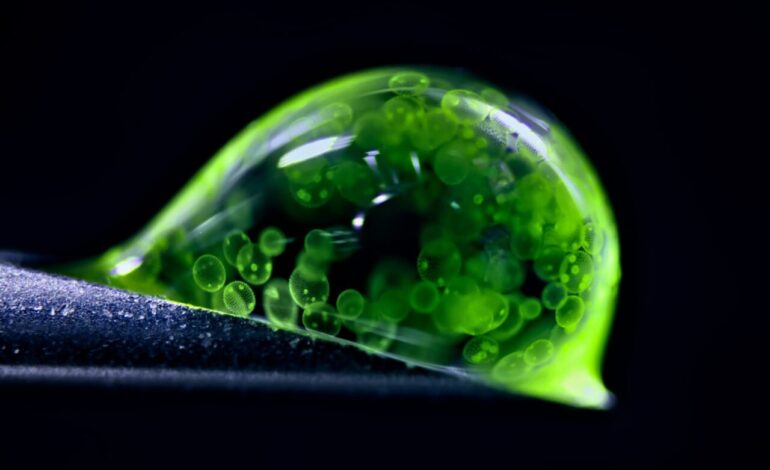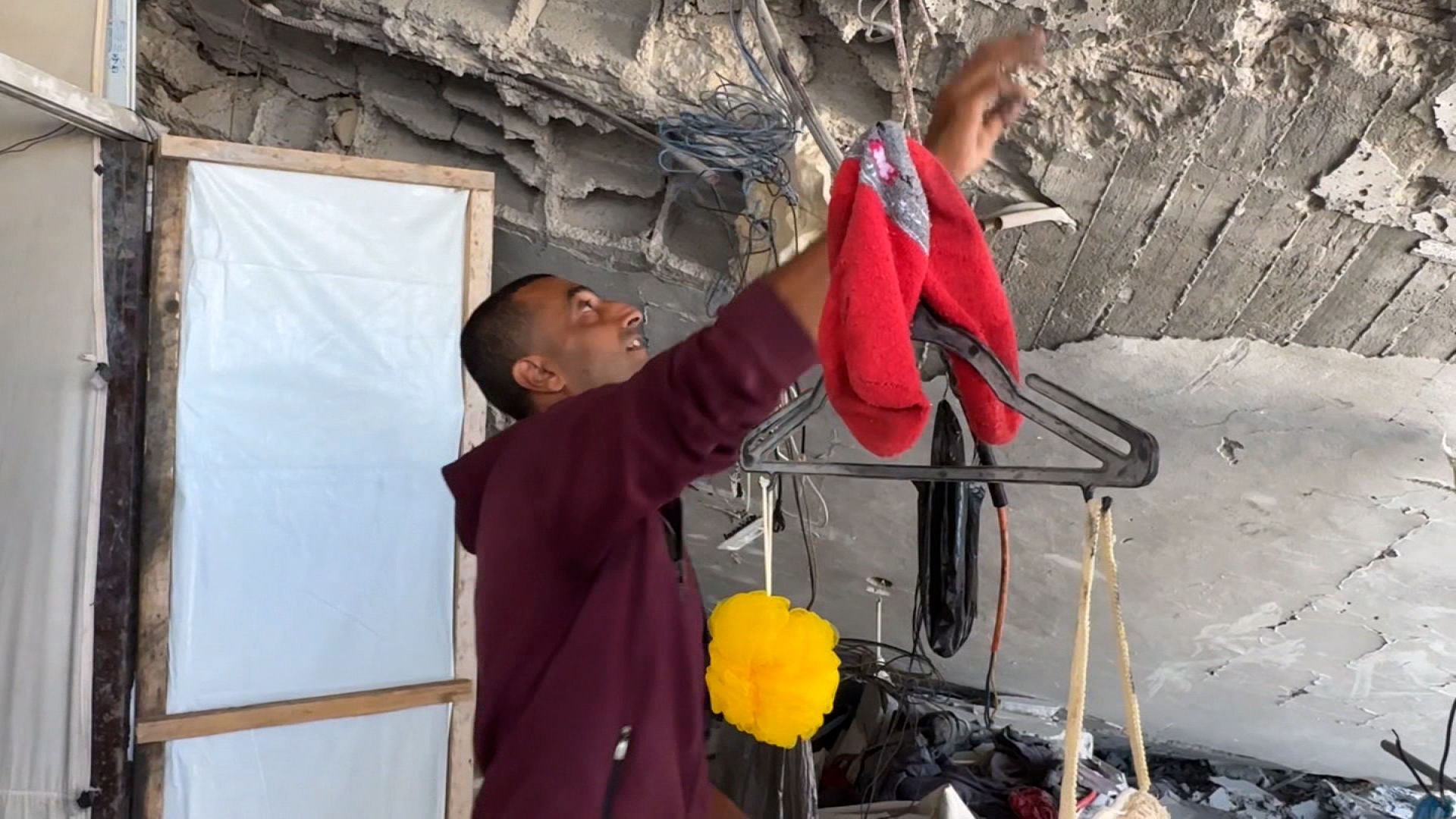Stunning Microphotography Reveals Hidden Worlds in 2025 Contest

Photomicrography enthusiasts showcased their talents in the 2025 Nikon Photomicrography Competition, revealing stunning images that challenge our perceptions of reality. Among the standout photographs was a remarkable shot by Jan Rosenboom, a chemical engineer from Germany, who captured a drop of water filled with tiny spheres of colonial algae. His work earned him the runner-up position in the prestigious competition, which celebrates the art and science of microscopy.
Each year, Nikon invites both professional scientists and hobbyists to submit their most captivating images, providing a platform for unique perspectives on the microscopic world. This year’s winners include a diverse range of subjects, from cellular networks in humans to the hidden lives of fungi and lesser-known microorganisms. The competition highlights the intricate beauty and complexity of life often overlooked by the naked eye.
Highlights from the Competition
One of the notable entries came from Wim van Egmond of the Micropolitan Museum in the Netherlands, who secured ninth place with his vibrant image showcasing red, diffused pigments from the fungus Talaromyces purpureogenus. This striking photograph emphasizes the aesthetic qualities of fungi, which are often perceived as bizarre yet captivating life forms.
Research at the Friedrich Miescher Institute for Biomedical Research in Switzerland produced another fascinating submission. Scientists used confocal microscopy to capture a detailed image of a mouse colon, revealing the essential role these animals play in scientific research. This technique is widely employed in the biomedical field to study cells tagged with fluorescent markers.
Another remarkable entry came from James Hayes of Vanderbilt University, who displayed heart muscle cells undergoing cell division. His photograph illustrates the dynamic cellular processes that sustain our bodily functions, offering a glimpse into the microscopic mechanisms that underpin life.
One of the most visually arresting images was taken by Stella Whittaker from the National Institutes of Health (NIH). Her photograph, which resembles a swirling black hole, actually depicts induced pluripotent stem cell-derived sensory neurons. Whittaker employed various microscopy techniques to create this compelling image, demonstrating the innovative approaches scientists are using to explore cellular structures.
Exploring Nature’s Intricacies
The competition also revealed the darker sides of nature. For instance, Igor Robert Siwanowicz of the Howard Hughes Medical Institute captured a striking image of marrow pollen germinating on a stigma while being parasitized by a filamentous fungus. This photograph encapsulates the complex and often brutal interactions that occur within ecosystems at a microscopic level.
Another captivating entry came from John-Oliver Dum of Medienbunker Produktion in Germany, who secured third place with an image of pollen spores delicately suspended on a spider’s web. His photograph combines multiple shots to create an intricate view of how nature’s fragile structures can be both beautiful and resilient.
The overall winner of the competition was Zhang You, an entomologist from China, who presented a breathtaking image of a rice weevil poised to take flight from a single grain of rice. This winning entry is a composite of over 100 images, meticulously stacked and processed to enhance clarity and impact. In his winning statement, Zhang reflected on years spent studying ecological and insect photography, emphasizing the importance of educating others about entomology.
The Nikon Photomicrography Competition continues to inspire and impress, revealing the beauty and complexity of the microscopic world. This year’s selections remind us that even the smallest organisms and structures can provide profound insights into the natural world, encouraging scientists and artists alike to explore the unseen dimensions of life.






